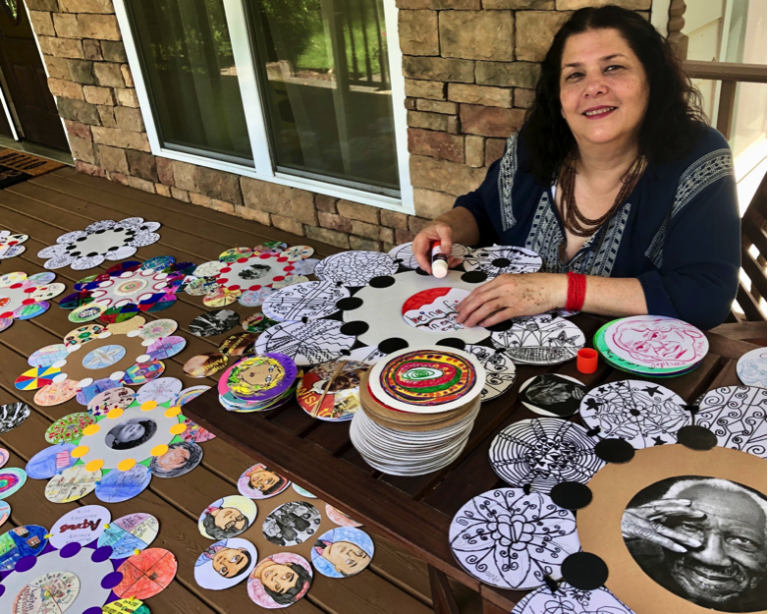Discussion Date: June 30th 10:00 am-11:00am
Book: Culturally Responsive Teaching and the Brain by Zaretta Hammond
“True peace … suggests the triumph of justice and love among men; it reveals the existence of a better world where harmony reigns.” —Maria Montessori, Peace and Education
“An education capable of saving humanity is no small undertaking: it involves the spiritual development of man, the enhancement of his value as an individual, and the preparation of young people to understand the times in which they live.” — Maria Montessori, Education and Peace
Book Study Norms:
Be respectful of each other, and welcome varying opinions. If you disagree, do so respectfully.
Listen with an open mind.
Be mindful of time. Facilitators will keep track of time and our goal is to keep the conversation to one hour. At the end of the hour, facilitators will ask the group if we would like to continue or resume conversation at the next meeting.
Understand that this is a safe space and all discussion will be confidential within this group.
Agenda:
1. Review norms
Anything else the group wants to add to the norm list?
2. Introduce Sharing
2 minutes per participant: Every participant will have the opportunity to share insights from the reading and their reflection and/or their own experiences. Facilitators will let participants know when they are at time. Those that do not want to share have the option to pass.
3. Facilitation/ Discussion: (We will cover as many questions as time allows)
Disclaimers:
Remember the focus of CRT is student learning (not simply raising self-esteem) as a key reason for deepening our knowledge of culturally responsive teaching. Many educators equate “equity work”with conversations about implicit bias. While we are trying to impact equity through CRT, we begin with improving the instructional core and helping traditionally underserved students become the leaders of their own learning.
Dispelling misconceptions:
Myth: Students become dependent learners because of poverty, etc. Most will agree that many underperforming students are dependent learners. The major misconception is that they are dependent learners because of their home life. The research is clear: schools create dependent learners.
Myth: Multicultural education is synonymous with culturally responsive teaching. This is a major misconception. Multicultural education has a different focus and intended outcome than CRT. See the Dimensions of Equity chart.—Jen
Discussion Questions:
Why is examining one’s own implicit bias not enough to become a culturally responsive educator? Why do you need to understand how structural racialization works?
Why are a disproportionate number of students of color and English learners dependent learners? What is the connection to the social-political context and the structure of schools?
Which of the brain rules resonates with you?
How do the rules give you some understanding of what aspects of neuroscience we need to pay attention to in order to help dependent learners develop independent thinking?
Identify how the culturally responsive brain rules are (or are not) in operation in your classroom or across your school. What would need to shift at your school in order to bring practices in line with the brain rules?
How can you “widen your aperture” so you can become more aware of different cultural behaviors that often are confused with being “off task” or being “defiant”.
How do you/ or how can you gain “emotional self-management” when your own amygdala is hijacked?


